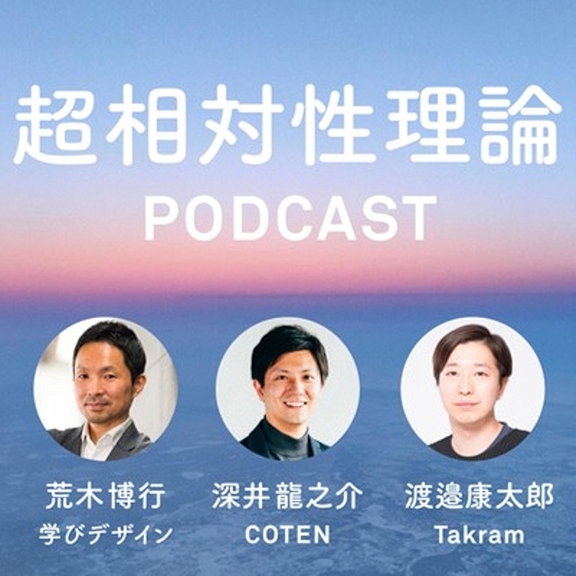
The idea of an artificial womb – a place where a prematurely born baby could continue to safely gestate closer to full term, is one scientists have worked on intermittently since the late 1950’s. Until recently it’s been considered a wild card, a fairly unorthodox angle on dealing with pre-term birth.
Currently there are a handful of teams around the world working at various stages of development, including here in Perth, through the Women and Infant’s Research Foundation (WIRF). The Western Australian team, based at the University of Western Australia is headed up by New Zealander Assoc Professor Matthew Kemp and collaborates closely with researchers at the Tohoku University Hospital in Japan among others.
It’s hard to conceptualise but Assoc Prof Matthew Kemp describes it this way: “At it’s core. Our equipment is essentially a high-tech amniotic fluid bath combined with an artificial placenta. Put those together and with careful maintenance what you’ve got is an artificial womb."
The implications for the successful development of an artificial womb cannot be overstated. Being born too soon is the single largest cause of death and disability in children up to five years old in the developed world. It’s also a major burden not only on the child, with ongoing health issues, but also on their families, the health system, schools…the list goes on. And imagine the hope it offers to terrified parents knowing their baby will be born on the very cusp of viability.
In this conversation, Assoc Professor Matthew Kemp discusses the determination, dedication and serendipity that has gained the artificial womb project significant recognition.




















